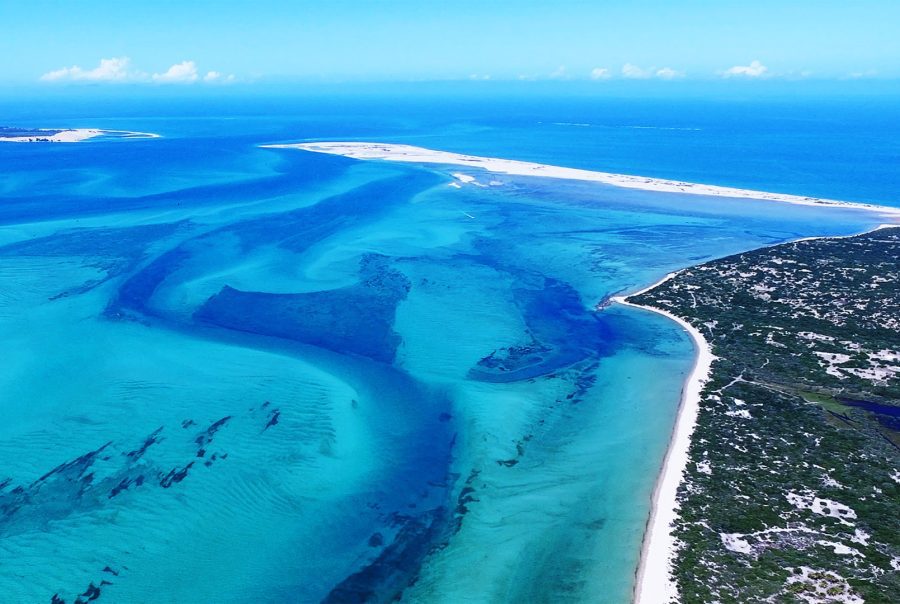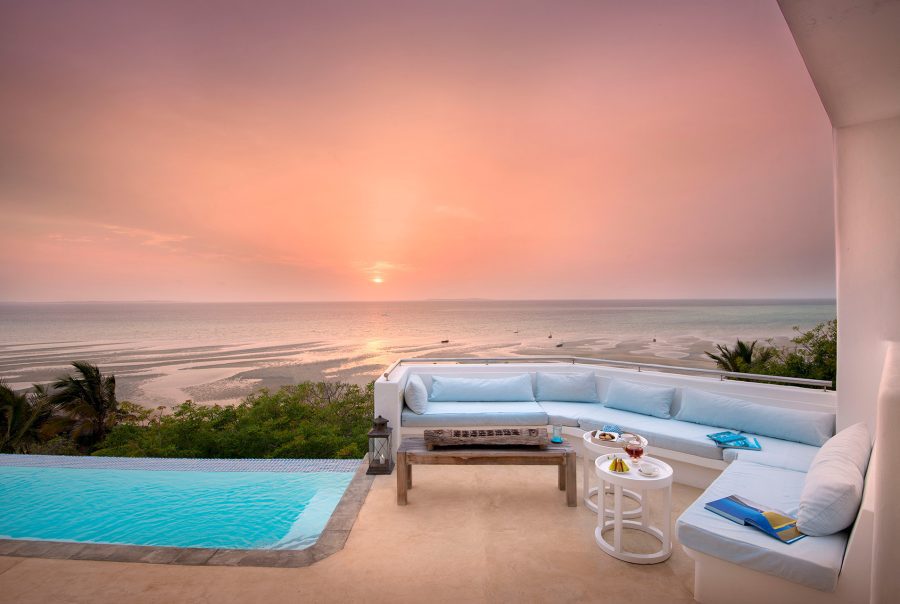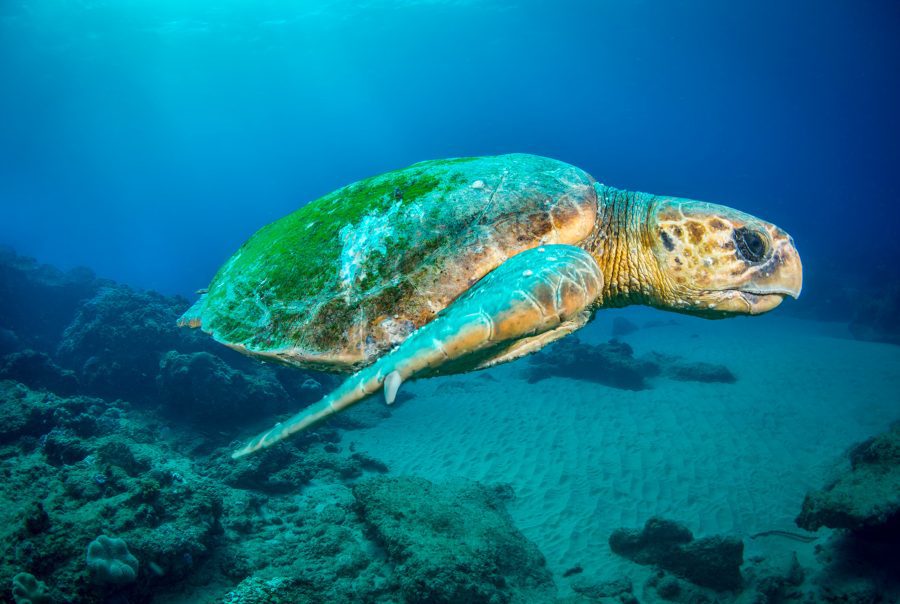From Ilha de Mozambique in the north to Tofo in the south, Mozambique offers a heady mix of history, culture, and colourful tradition. A UNESCO World Heritage site, Ilha gives the appearance of being lost in time, it is quite literally a living museum making it a dream destination for historians and photographers.
One third of the way along Mozambique’s long unspoilt coastline lies the small coastal town of Vilanculos and the Bazaruto Archipelago National Park which comprises five idyllic islands, the most well-known being Bazaruto Island and the slightly smaller Benguerra Island.
Mozambique boasts an accommodation type for everyone. From stylish beach lodges and boutique beach retreats that exude casual sophistication and cool contemporary beach chic to intimate villas and remote eco beach lodges that boast traditional Mozambican design and understated barefoot luxury.






